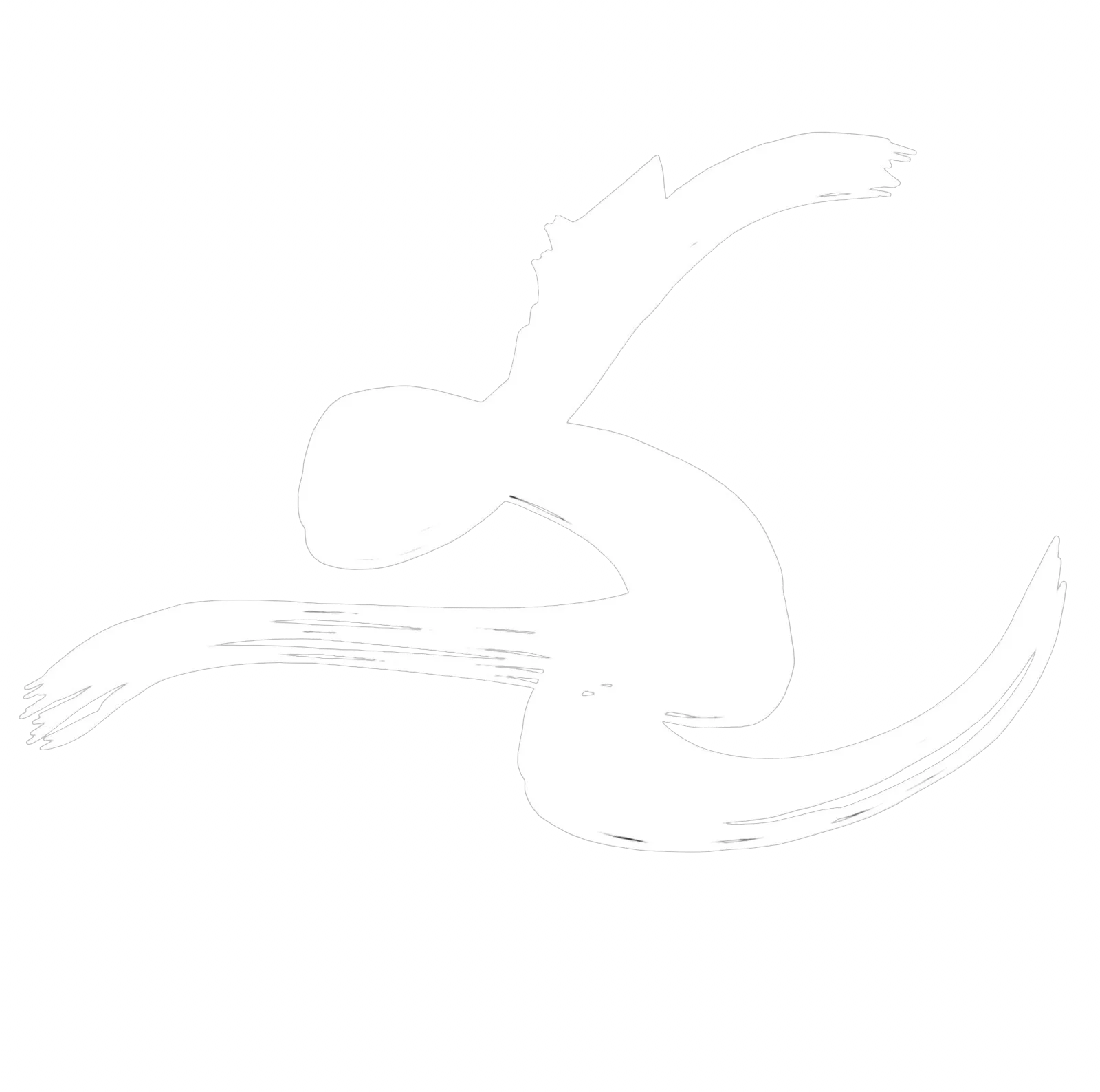🇬🇧 DANA MILLS PRESENTS GRAHAM’S POLITICAL REVOLUTION IN HER BOOK

Dr. Dana Mills teaches political theory and feminist theory at Oxford. In 2016, she published her first book Dance and Politics: Moving beyond Boundaries with Manchester University Press.

Dance has always been a method of self-expression for human beings but its political power is usually underestimated. Dr. Dana Mills demonstrates that dance can succeed in transgressing politics as articulated in words.
The book is divided into case studies: readings of dance pioneers Isadora Duncan and Martha Graham, Gumboots dancers in the gold mines of South Africa, the One Billion Rising movement, dabke in Palestine and dance as a protest against human rights abuse in Israel.
How can we expand our notion of what is political so that it includes dance?
Dr Dana Mills believes in what she calls a “strong reading of political dance”. She proves that dance has its own system of inscription and world of reception.
Dance is used for transgression and emancipation but also by oppressors. Dancing bodies and bodies of the audience are political entities. She posits transactions between artists and audiences and analyses the affect of dance beyond the moment and the space of performances.
Why is Martha Graham absent in political theory?
Martha Graham is central in 20th century choreographic revolutions and though absent within the world of political theory. When it comes to her political impact, one usually thinks of the thirties: her refusal to perform in the 1936 Nazis Berlin Olympics and othe two dance pieces Chronicle and Deep Song showing her anti-fascist feelings. Throughout the whole chapter about Martha Graham’s work, Dr Dana Mills invites us to see how she has changed the world in a political way, not just an artistic one.
“The body says what words cannot” Martha Graham
Martha Graham always said that dance function is communication. In her dances, she uses a language that can iterate messages independently from spoken languages. The body, always writing upon other bodies, is equal to words as a means of political expression.
State Department-funded tours from 1955 to 1987 as a proof of its political power
The best proof of Martha Graham’s political potential is the interest that the US Department showed in the Cold War years. The US Department funded dance tours to Asia, Africa and Latin America as part of its cultural diplomacy. America was looking for an increased cultural and political influence in such areas of the world. It wanted to demonstrate the superiority of the products and cultural values of its system of free entreprise and celebrate it.
Martha Graham was a central figure in the state funded tours. She was considered as having an international value. Dr Dana Mills describes which pieces were chosen for the tours and how Martha Graham could contribute towards international goodwill. At the same time, her groundbreaking work kept the bureaucrats on their toes. Martha was never one to play by the rules, and her performances celebrated the subversive potential of dance, more than the American supremacy she was sent to present.

Lamentation. Credit: Barbara Morgan.
Two brilliant case studies: Lamentation (1930) and Night Journey (1947)
Dr Dana Mills precisely analyses two pieces of Martha Graham. She interpolates the URLs of YouTube clips so we can follow along.
Firstly, Dr Dana Mills choses the iconic solo Lamentation, a perfect example of how the body moves from inner to outer, from psyche to the invisible boundaries of the body. Graham’s lamenting figure is in a never-ending motion of resisting the finalities of her embodied contours. It also shows how Graham starts the movement before the music. Indeed, dance is a method of inscription which writes upon the body independently of any other art form.
Secondly, Dr Dana Mills studies the greek drama Night Journey, an example of Graham’s choreographic uniqueness: the ability to present an individual who is always multiple, entrenched in a complex psyche. The piece along many others also reminds us of the feminist role Martha Graham played. She brought the female body center stage.
Rafael Molina, founder of Graham For Europe


